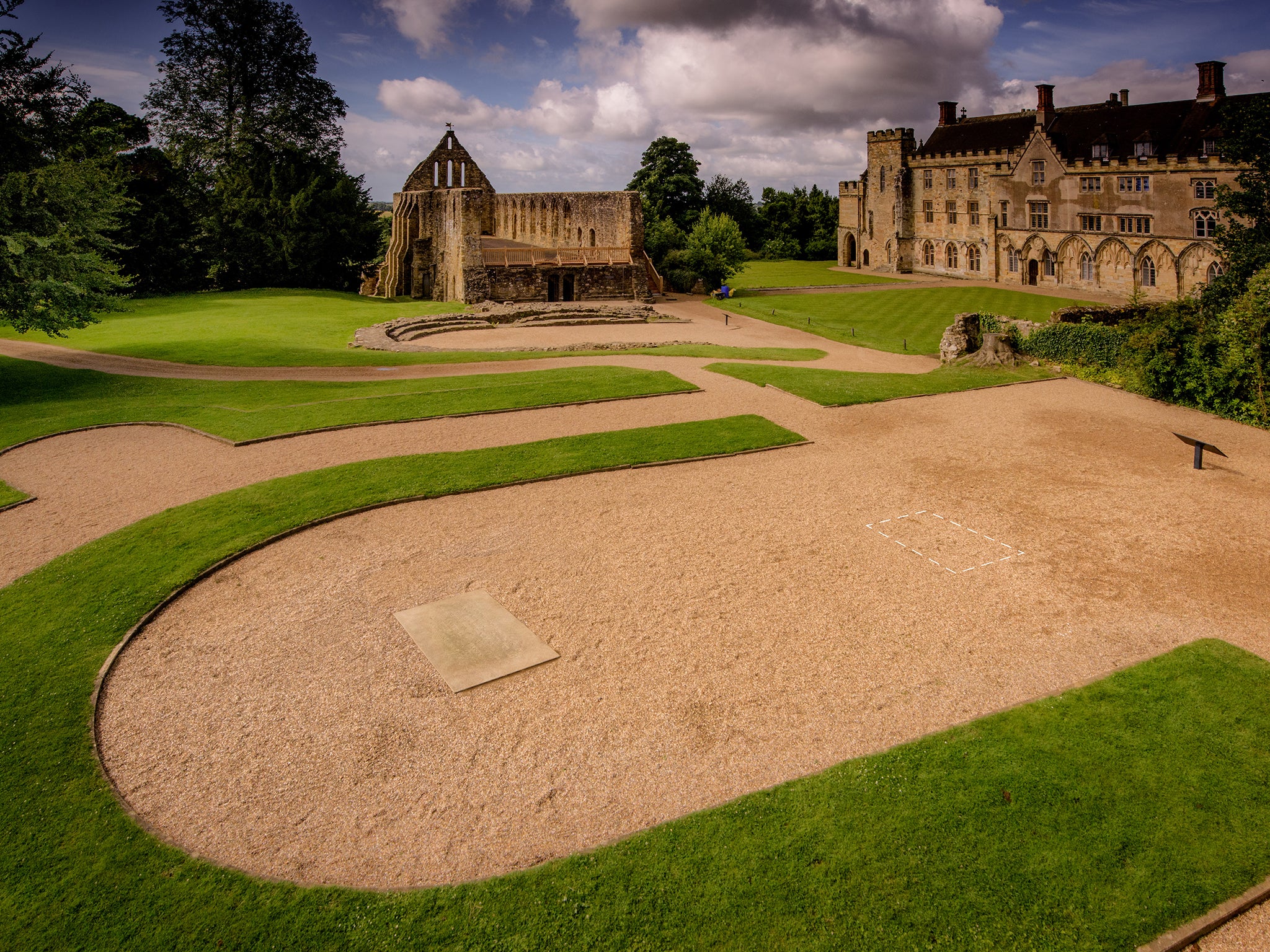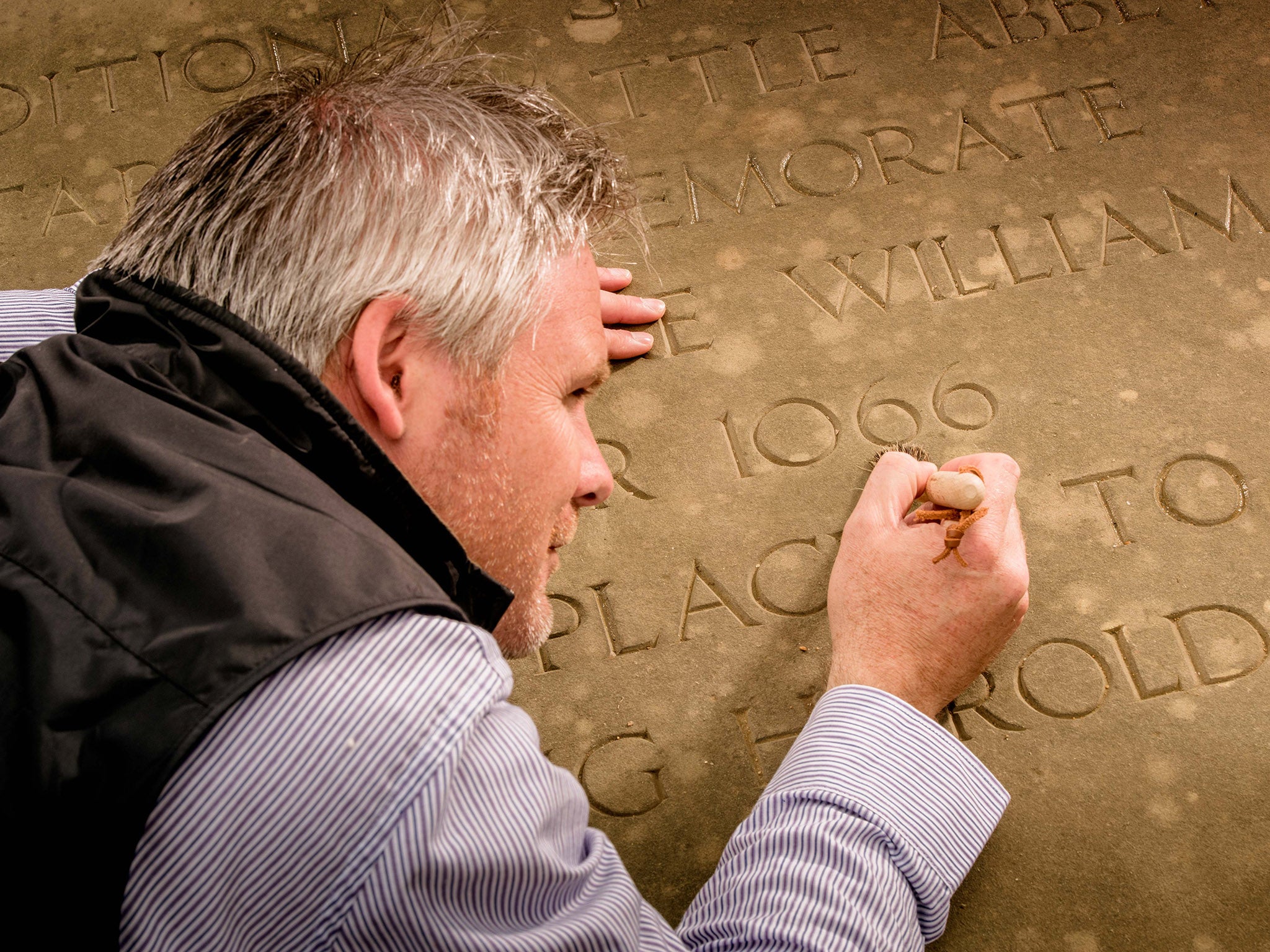Memorial built 'on the very spot where King Harold died' is in the wrong place, new study reveals
Historians believe the King was killed six metres further to the east than previously thought

The stone memorial marking the spot where King Harold died in the 1066 Battle of Hastings – as depicted in the Bayeux Tapestry – has been re-evaluated following an extensive study.
Battle Abbey, erected by the victorious William the Conqueror, was built “on the very spot where according to tradition, among the piled heaps of corpses Harold was found”, according to historical sources.
The body of King Harold was claimed to have been found where the high altar was originally built. However, advances in historians' understanding of the site’s layout have revealed the high altar was likely further east than they had previously realised.
Roy Porter, senior properties curator for English Heritage, said: “Sources tell us that the high altar of the abbey church was built on the exact spot where Harold fell.
“Working out the position of that altar was key and since the 19th century, our understanding of the layout of the church has improved dramatically. What was previously marked as the spot was close but we now know it stood slightly further east.

“This new location adds to our understanding of the Battle of Hastings but also gives us a valuable insight into William’s abbey, a fascinating story in its own right – and one we’ll be exploring further in future.”
The new location of King Harold’s resting place was unveiled as part of a major £1.8 million revamp of the 1066 battlefield and abbey to mark the 950th anniversary of the Battle of Hastings.
As well as opening new areas of the site to the public, English Heritage also undertook vital restoration work to mark the occasion.
Join our commenting forum
Join thought-provoking conversations, follow other Independent readers and see their replies
Comments